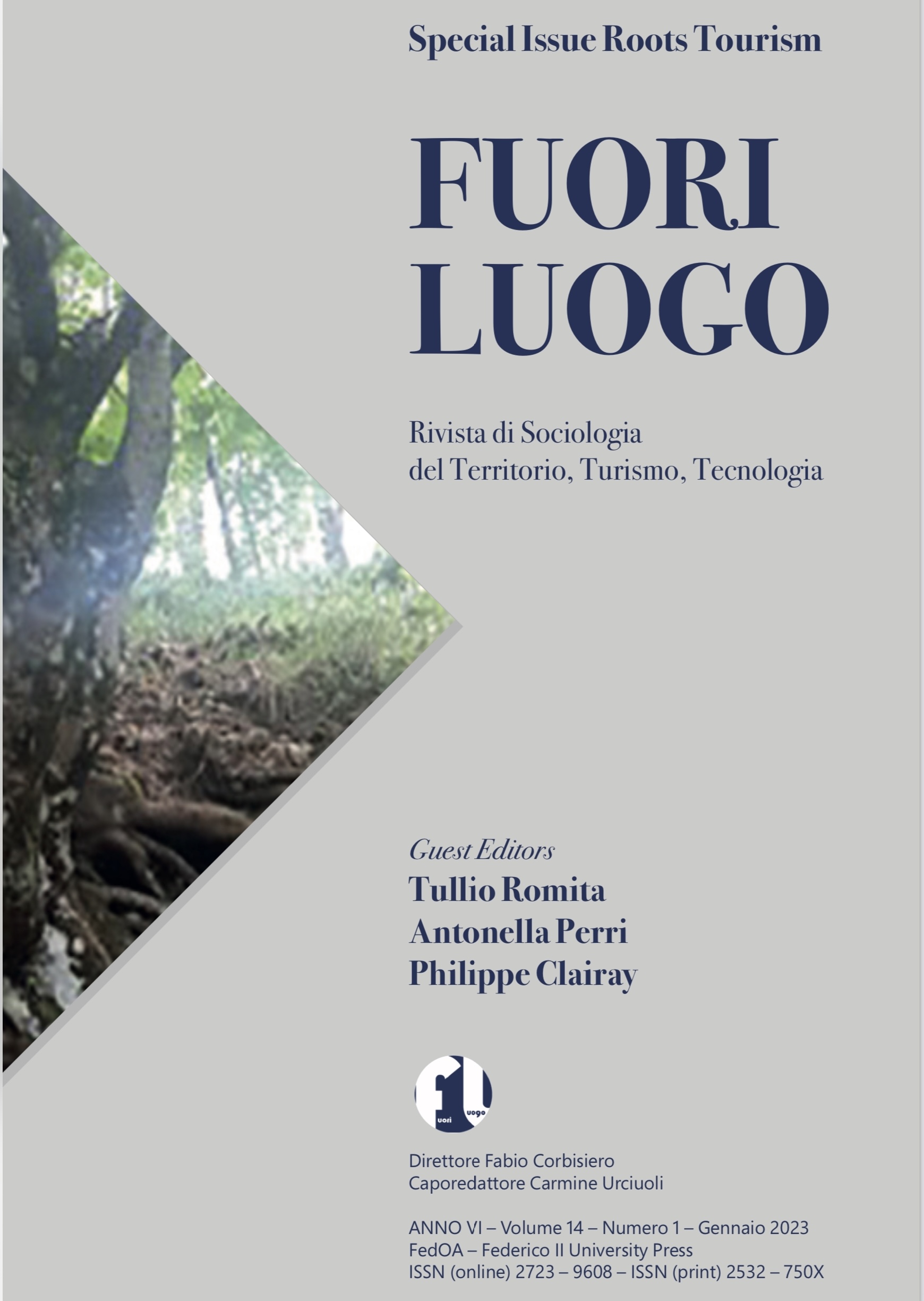The Sacred Value of the Root’s Journey
Abstract
Scientific literature on tourism has given a considerable amount of attention to the study of the touristic experience. During modernity, the discussion, branded as critical studies on tourism, has underlines the heterodirect nature of tourism, and as a consequence the banality of the touristic experience as it is manipulated by the tourism industry (e.g.: Morin, 1965; Ezenberger, 1962; Boorstin, 1962; Turner and Ash 1975).
However, in addition to this view, there is another in the literature, that although recognizes the predominantly superficial character of the tourist experience, focuses on the value of travel and its meanings. Among these studies, we find the one proposed by MacCannell, which argues that all tourists seek an authentic travel experience, and that their goal in any case is the search for the Sacred. For the scholar, the search for authenticity is a constant feature of social life, and tourism is an almost perfect example of this, similar to religious pilgrimages. The problem, MacCannell states, is that tourists are offered the proscenium (which is called the front region), while being denied access to the back region, that is, to the real life of the host community (MacCannell, 1976).
Indeed, the extensive literature available on religious pilgrimage (Jackowski and Smith, 1992; Simonicca, 1995; Shinde, 2008; Nyaupane and Budruk, 2009), considers the pilgrim to be a person who travels towards what is sacred, or towards a spiritual center. At this point the important study by Cohen (1979) comes into play, which identifies different types of tourists, based on the level of alienation compared to the society to which they belong, ranging from those who fully identify with the society to which they belong, to those who select a society or culture different from their own as their “spiritual center” where they take shelter, when needed, precisely to draw spiritual support, as in the case of pilgrimage.
In this sense, the journey of roots presents human and psychological characteristics that render it, therefore, comparable to the pilgrimage: just like the pilgrim, the root tourist also embarks on a journey towards a place (the one of origin) which is considered “sacred” for the purpose of personal enrichment (Romita and Perri, 2009; Perri, 2020). To this we must add that demoralizing situations for the root tourist could arise when the search for authenticity which is taken for granted guides the roots journey, it ends in an artificial tourist experience (MacCannell, 1976), or in a discrepancy between expected authenticity and subjective perception of the experience made, or, finally in the way which authenticity manifests with reference to the way in which the individual recognition of one’s identity takes place, in relation to what is considered an authentic expression of the culture of the community and territory of one’s origins (Wang, 1999).
Here we intend to propose a reflection on the sacred value that tourists assign to the roots journey. In this case, we will use part of the results obtained from the field research activities carried out in a handful of southern Italian communities.
Downloads
Copyright (c) 2023 Antonella Perri

This work is licensed under a Creative Commons Attribution 4.0 International License.




